Feral cats are domestic cats that have returned to the wild, either because they were abandoned or were born in the wild. They are different from stray cats, which may have been pets at some point but are no longer part of a household. Understanding how feral cats thrive in urban environments requires exploring their behavior, adaptability, and the challenges they face.
Adaptability: The Key to Survival
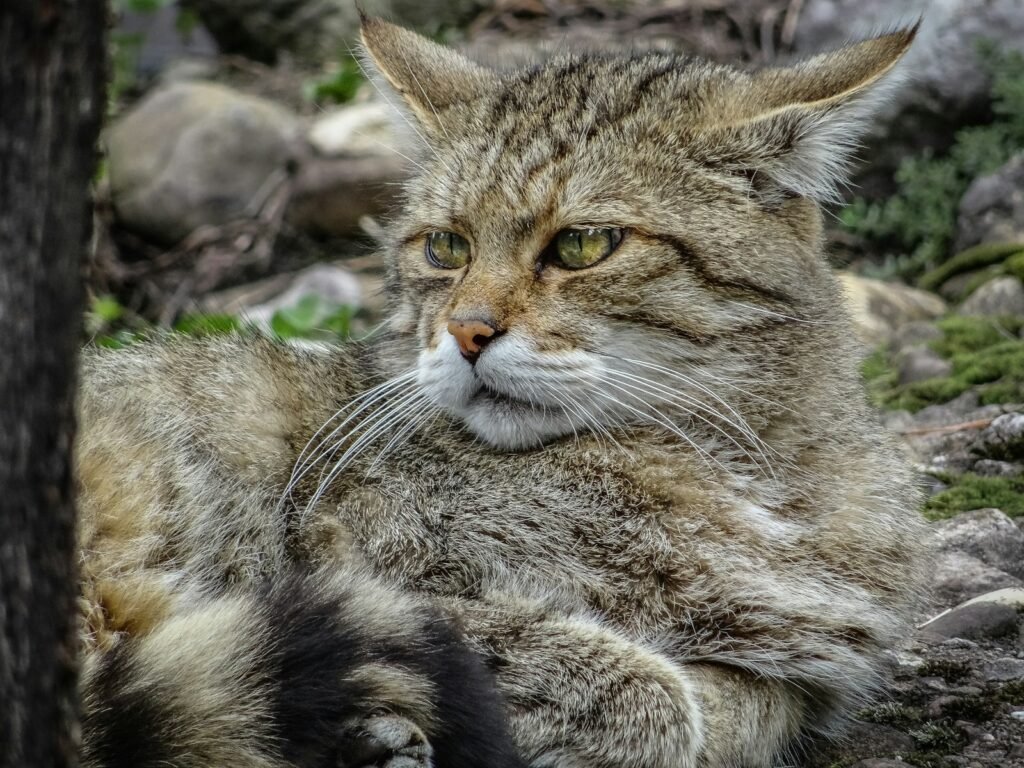
Feral cats are incredibly adaptable creatures, capable of surviving in a variety of urban environments. Their ability to find food, water, and shelter in city landscapes demonstrates their resilience. Unlike domesticated cats, feral cats have honed their survival instincts, which allows them to thrive in unpredictable settings.
Diet and Foraging Habits
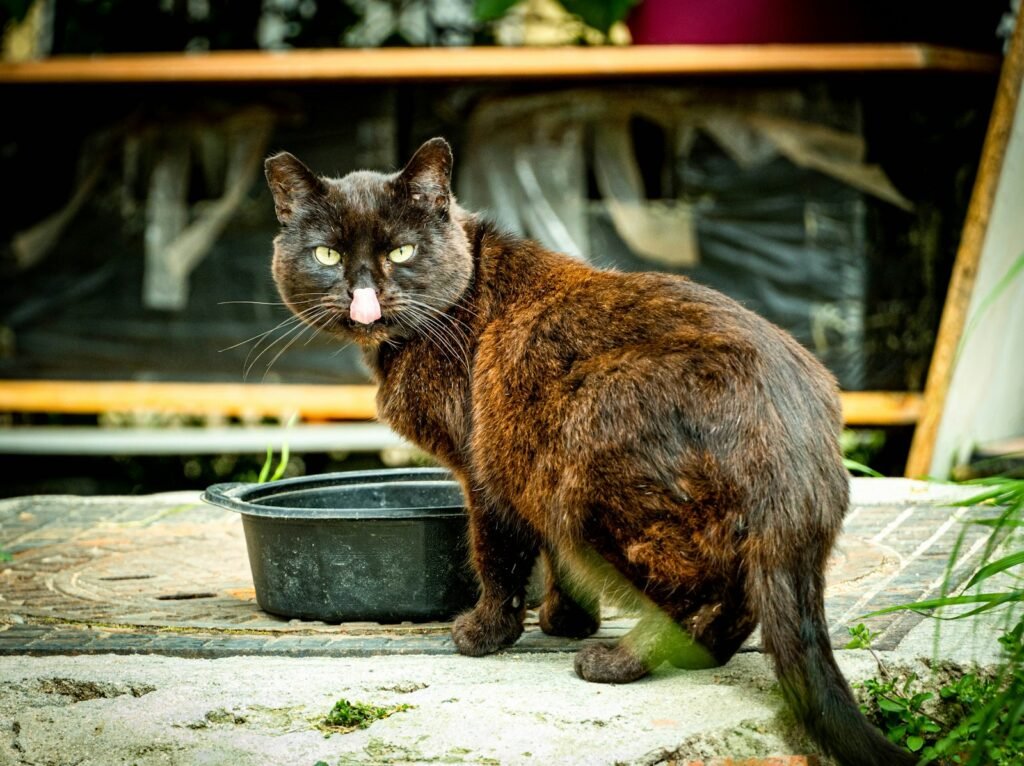
Urban areas provide a surprising abundance of food sources for feral cats. These can range from small rodents, birds, and insects to discarded human food. Feral cats exhibit opportunistic feeding behaviors, adapting their diet based on the availability of resources. This adaptability is crucial for their survival in cities.
Sociability and Colony Dynamics
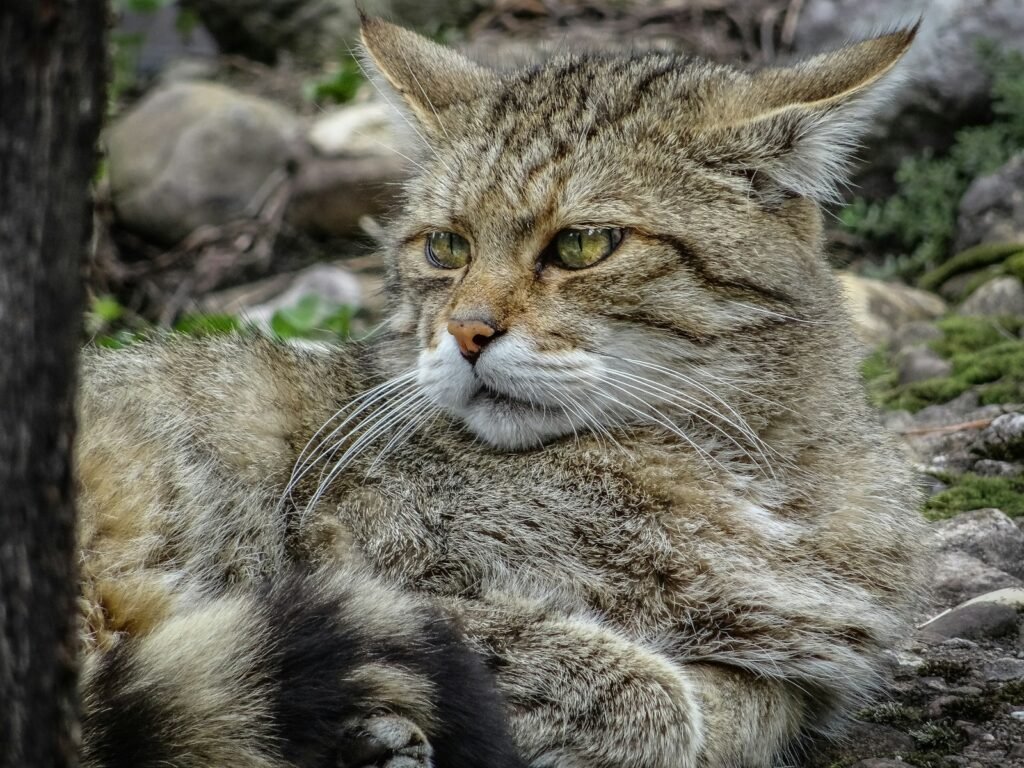
Feral cats often form colonies, which are complex social structures usually comprised of females and their kittens. These colonies are matriarchal, with females sharing responsibilities such as hunting and caring for young. Social bonds are vital, as they provide mutual protection and increase chances of survival.
Reproduction and Population Control
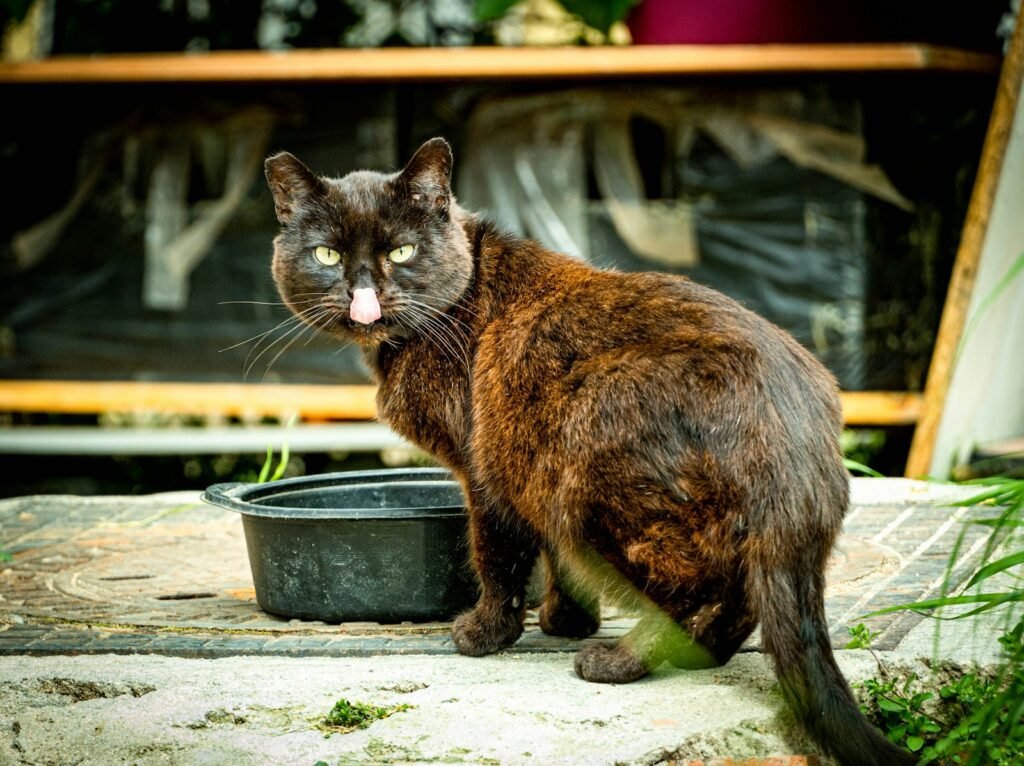
Feral cats have high reproductive rates, with females capable of having multiple litters each year. This prolific breeding contributes to the growing feral cat populations in urban areas. Many cities implement Trap-Neuter-Return (TNR) programs to control feral cat populations humanely by preventing further reproduction.
Habitat Utilization in Urban Settings
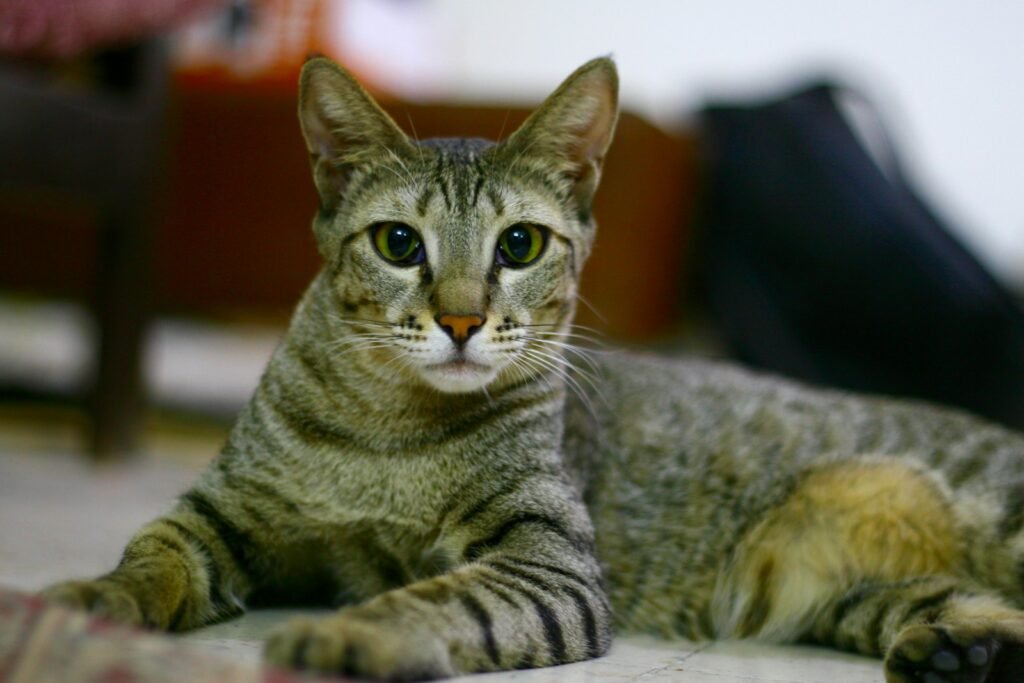
Feral cats are skilled at finding shelter in urban environments. They utilize abandoned buildings, parks, and even sewer systems to find safe places to sleep and raise their young. This ability to exploit various urban niches helps them avoid predators and other dangers.
Impact on Urban Wildlife
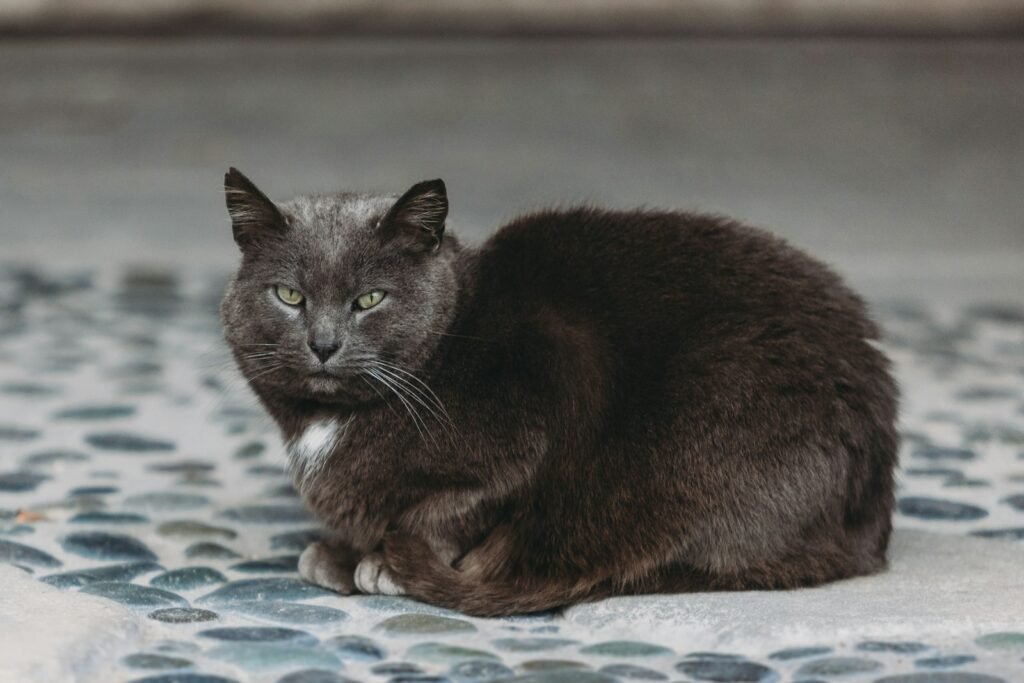
Feral cats can have significant impacts on urban wildlife populations. They are skilled hunters, and their presence can lead to declines in populations of birds, small mammals, and reptiles. This has sparked debates about the role of feral cats in urban ecosystems and the need for management interventions.
Challenges Facing Feral Cats
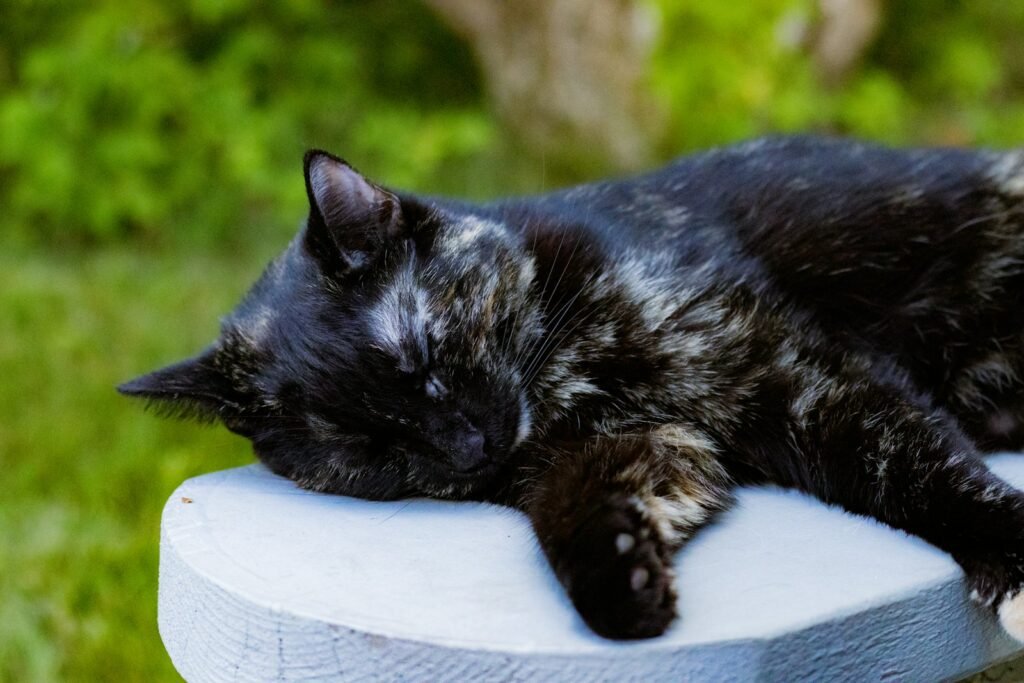
Despite their adaptability, feral cats face numerous challenges in urban areas. These include disease, injuries, competition for food, and harsh weather conditions. Additionally, they often encounter hostility from humans, making their survival even more precarious.
Health Concerns and Disease
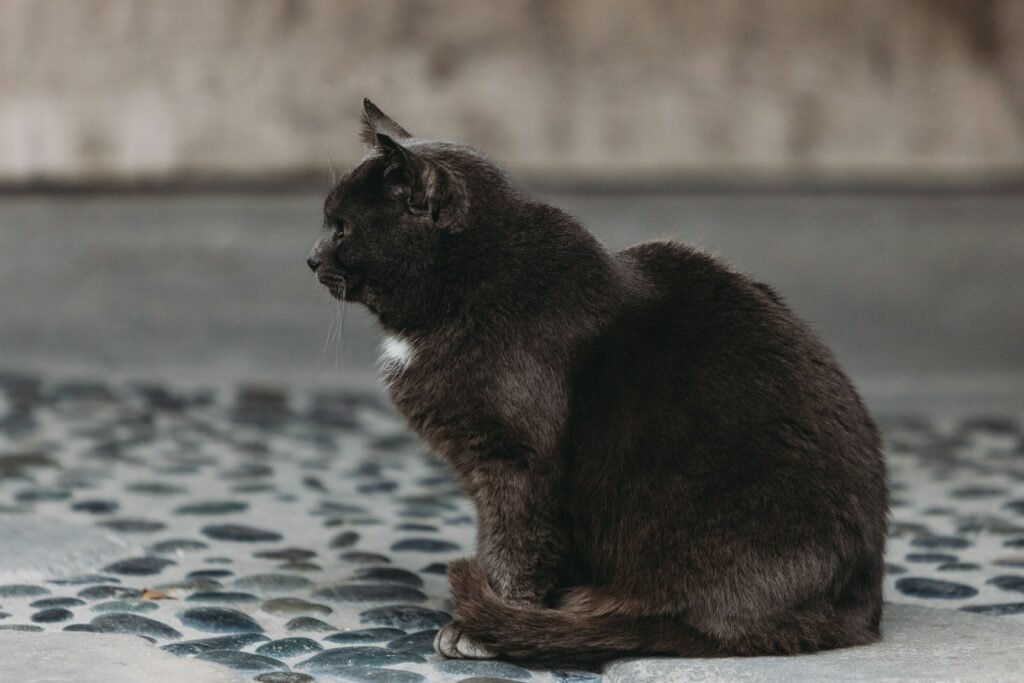
Feral cats are susceptible to a range of health issues, including feline leukemia, feline immunodeficiency virus, and parasites. Crowded living conditions in colonies can lead to the rapid spread of diseases, affecting both the cats and potentially domestic pets that encounter them.
Human Perspectives and Involvement
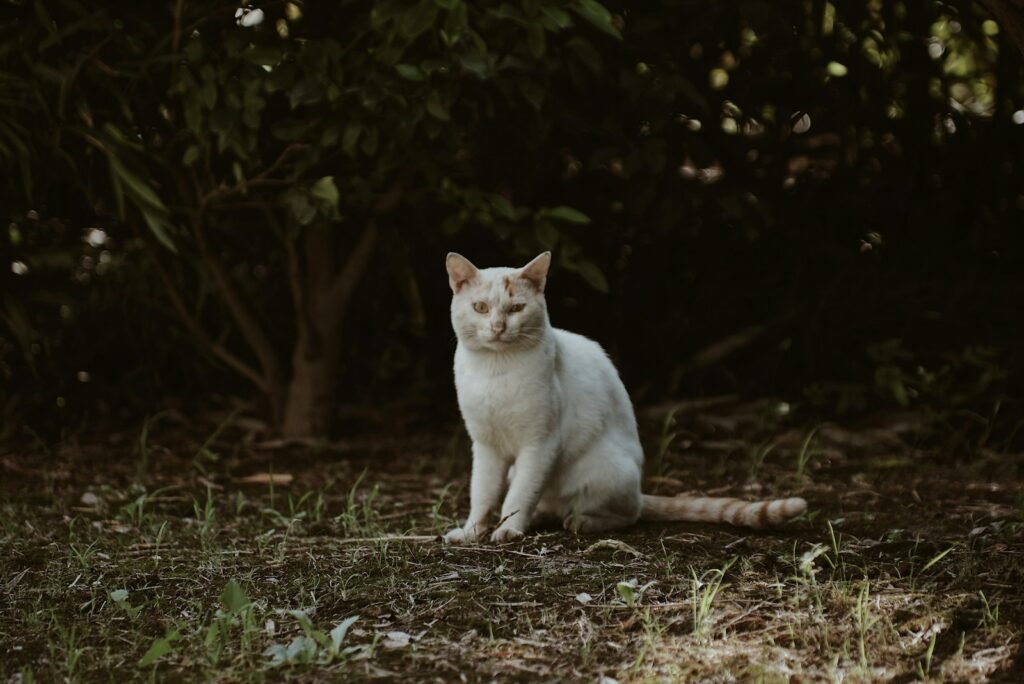
Public opinion on feral cats is mixed. Some view them as a nuisance or threat to local wildlife, while others see them as deserving compassion and care. This divide influences how communities approach feral cat management, from eradication efforts to TNR programs.
Future of Feral Cats in Urban Areas
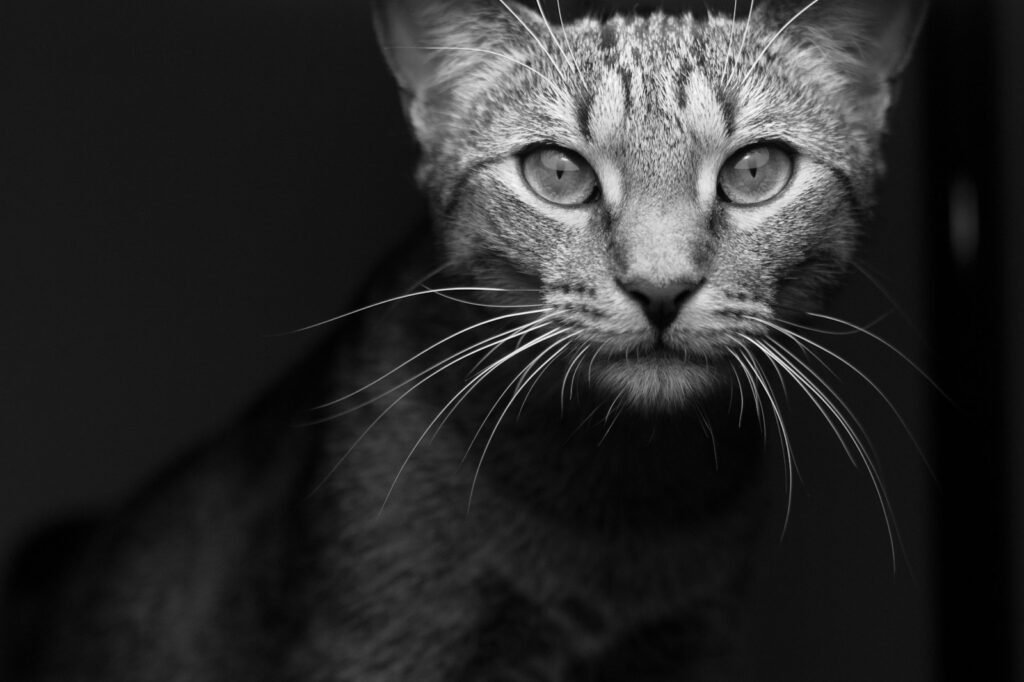
The future of feral cats in urban environments depends on human intervention and attitudes towards wildlife conservation. Education and responsible management strategies, such as TNR, can help balance the needs of feral cats with those of the urban ecosystems they inhabit. With cooperative efforts, it is possible to coexist with these resilient animals while minimizing their impact on surrounding wildlife.
Hi, I’m Bola, a passionate writer and creative strategist with a knack for crafting compelling content that educates, inspires, and connects. Over the years, I’ve honed my skills across various writing fields, including content creation, copywriting, online course development, and video scriptwriting.
When I’m not at my desk, you’ll find me exploring new ideas, reading books, or brainstorming creative ways to solve challenges. I believe that words have the power to transform, and I’m here to help you leverage that power for success.
Thanks for stopping by, Keep coming to this website to checkout new articles form me. You’d always love it!






